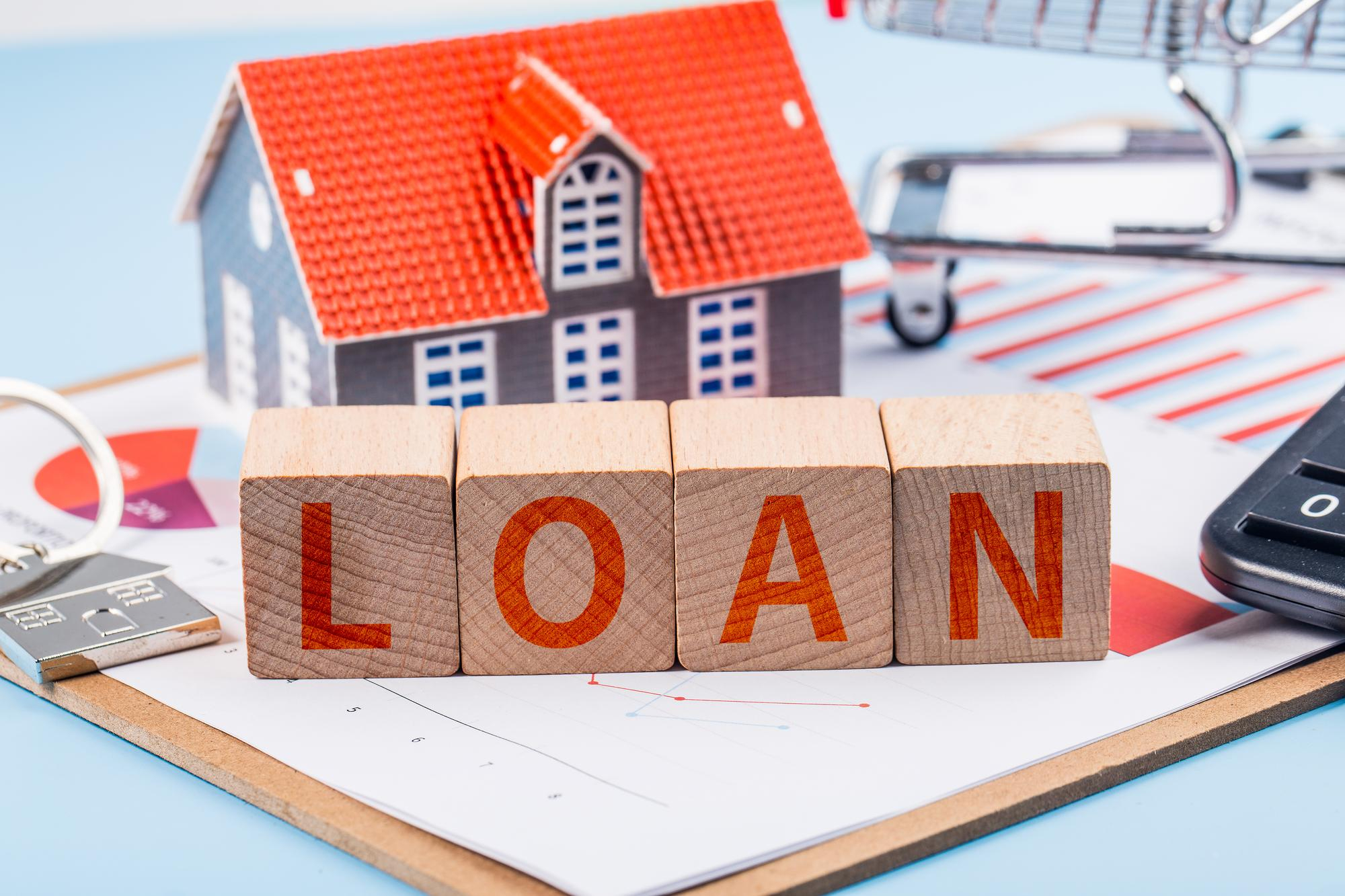Loans are of two different types: secured and unsecured. Secured loans are sanctioned against a collateral. A residential or commercial property, owned land or even gold can serve as collateral in the case of these loans. Secured loans are considered low-risk loans by lenders since the lender has the right to sell the pledged asset for loan recovery in case the borrower defaults on loan payment.
Unsecured loans, on the other hand, do not involve any collateral and are sanctioned entirely based on a borrower’s credit profile and other factors. Since unsecured loans do not involve an asset, the risk for the lender is high in the case of these loans. Car loans and personal loans are examples of loans against property.
A loan against property, also known as a mortgage loan, is a type of secured loan. A residential or commercial property or owned land serves as collateral in the case of these loans. The borrower remains the rightful owner of the property through the tenor of the loan and can continue to use the property as they like. The lender, on the other hand, gets partial rights over the property and can sell the property for loan recovery in case of loan default. Loans against property are an excellent way to raise money.
However, the property loan application process involves legal and technical verification of all property papers as well as the collateral and therefore, approval can take time. So, one must learn to be patient when applying for these loans.
Let us now look at the ins and outs of loans against property.
Loan Against Property Interest Rates and Loan Tenor
The popularity of loans against property or property loans has increased immensely over the past few years and the key reason behind this is the low loan against property interest rates. Property loans are the second cheapest loans after home loans. Since these loans involve collateral, there is almost zero risk involved for the lender in the case of these loans. Therefore, lenders charge a low interest rate on property loans. Currently, loans against property interest rates vary between 8% and 11%. Further, loans against property almost invariably involve a sizeable sanction. Therefore, lenders sanction these loans for a flexible repayment tenor. The repayment tenor on loans against property can stretch up to 20 years. This, in turn, helps one keep their EMIs affordable.
Loan-to-Value Ratio
The loan-to-value ratio gives one an idea of the percentage of their home’s value that can be sanctioned as a loan. In the case of home loans, the LTV ratio can easily go up to 80% to 90% of the property’s value. However, in the case of loans against property, the LTV ratio does not generally exceed 60% to 70% of a property’s value. Private sector banks generally offer a higher LTV ratio than public sector banks. Further, all lenders charge a lower rate of interest when the property pledged as collateral is a residential property and not a commercial property. This is because lenders are of the opinion that borrowers are far more serious and determined about saving a residential property than a commercial property.
Eligibility Criteria
Loans against property are big-ticket loans that very often run into Crores. Lenders are, therefore, very strict about borrowers meeting all loans against property eligibility requirements. Loan against property eligibility criteria vary from lender to lender. However, there are certain conditions that remain common. To start with, the borrower must be the rightful owner of the property they plan to pledge as collateral and must have the property in their name. If a property is jointly-owned by many different borrowers, a loan against property can be sanctioned only if all property owners sign the loan application.
Further, lenders also check a borrower’s age and financial standing and financial health while sanctioning a loan against property. A low credit score will inevitably lead to a property loan rejection and so will a bad repayment history or a high debt-to-income ratio. All lenders also have certain age-related requirements. Borrowers must be at least 25 years of age and must be no more than 70 years of age at the time of loan maturity. Further, they must have a stable job or a business to support the burden of the loan against property EMIs they wish to take.
Different lenders have different loans against property eligibility requirements. So, before beginning the loan against property application process, go to your lender’s website and check their eligibility criteria and apply only if you are eligible. Inability to meet criteria can lead to loan against property application rejection.
Loan Against Property EMI Calculator
Loans against property are a huge responsibility. If you avail of this loan, know that you will be committing to paying EMIs at least for the next few years. Further, these loans require borrowers to pledge their asset as collateral and therefore, must be availed of after very careful planning. A loan against property EMI calculator can prove helpful in this regard. A loan against property EMI calculator is a handy tool that gives borrowers their EMI obligations with respect to the loan amount they wish to borrow. The loan against property EMI calculator is an important tool as it helps borrowers figure out the loan amount they can afford to borrow and comfortably repay. It also allows borrowers to plan their repayment journey in advance so that they are never in a situation where paying EMIs becomes possible. Loan against property EMI calculators are free to use. They are also easily available, so use them to your best advantage.
Final Words
Loans against property are a safe and convenient way to get access to a substantial sanction at low interest rates. However, these loans involve a collateral and therefore, one must apply for these loans and avail them after careful planning. Keeping the tips mentioned in this article will certainly help you make some right decisions.
